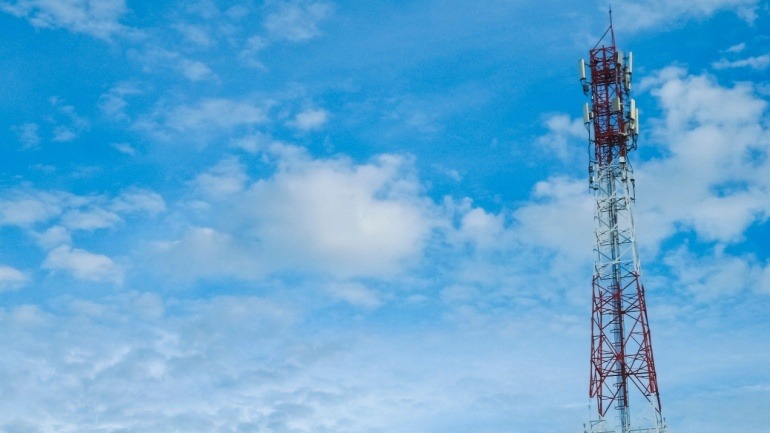Japanese conglomerate SoftBank is taking a fresh look at the prospects of floating mobile towers with a significant $15 million investment in the US-based startup, Sceye. This move aims towards the provision of High Altitude Platform Station (HAPS) services in Japan by 2026, signaling a major step in telecommunications innovation.
HAPS wires into non-terrestrial communication, utilizing unmanned aircraft flying high above the earth to relay connectivity to remote areas. Sceye’s system comprises helium-filled airships that hover in the stratosphere, delivering communication links and climate data efficiently. The company boasts over 20 successful test flights, collaborating with various private entities and even the US government.
With this new $15 million infusion, SoftBank stakes claim to a promising piece of the pie, valuing Sceye at an impressive $580 million overall. SoftBank has been a HAPS advocate since 2017, famously teaming with AeroVironment to create the Sunglider, a solar-powered uncrewed aircraft system.
The telecom giant explored other alternatives too, like the ill-fated Project Loon by Alphabet, resulting in eventual disappointment when the project folded due to prohibitively high commercialization costs. However, SoftBank now combines both lighter-than-air (LTA) platforms, like Sceye’s airships, with heavier-than-air (HTA) systems, like the Sunglider, showing commitment to improving connectivity for drones, UAVs, and disaster relief operations.
“With its extensive HAPS-based services development since 2017, SoftBank is excited to launch LTA-type HAPS pre-commercial services in 2026 through our new partnership with Sceye,” said Junichi Miyakawa, President & CEO, SoftBank. The stratospheric-based wide-ranging telecommunications enable networks to pinpoint tough-to-reach areas, doubling up as a restoration tool when disaster strikes,” Miyakawa explained.
HAPS offers telecom operators vast coverage, much like satellites, but with the advantage of proximity to customers, ensuring better quality connections with reduced delay. They can be deployed swiftly, making them ideal for network coverage when terrestrial networks falter, such as in the wake of natural calamities.







